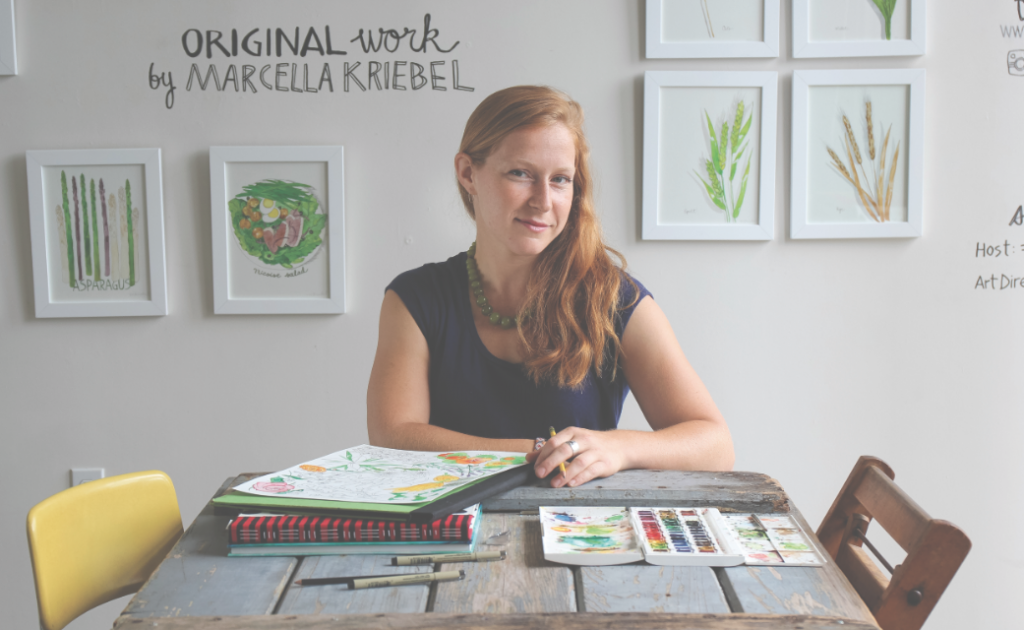The Things We Cooked: Snowzilla 2016
/Words and photos by AJ Dronkers and Susan Able, EdibleDC
You asked and here they are...the links to recipes we made over the weekend. The prep for #winterstormjonas was real, we envisioned being homebound and what what we wanted to eat. So we shopped and stockpiled and handled the epic storm with some great food. We ate well, we shoveled and ate more!
Roasted Shrimp with Feta from Ina Garten
This Ina Garten recipe has become a favorite, from her 2010 book, 2010 Barefoot Contessa How Easy is That? and this link will take you to the recipe on the Food Network. This dish is very easy to put together, we used a paella pan, but you can use any pan that can travel from stove top to oven to table. Note that we skipped the Pernod, and substituted Sambuca which we got in the "nip" size at the liquor store.
Buttermilk Waffles with Blackberry Sauce and Maple Syrup
We used the "classic" recipe from King Arthur Flour's website and fired up the waffle iron for this one. Frozen blackberries from the peak of summer were tossed in the food processor with some honey and a little orange zest and pureed into the most delicious sauce. Local bacon done crispy and local butter from Nice Dairy Creamery rounded it all out.
from Yotam Ottolenghi's
Plenty More
This has become one of our favorites for brunch. It is just such a visual standout and so delicious, you've got a crowd pleaser that is really not that hard to put together. We love so many recipes from Yotam Ottolenghi's books, we've cooked our way through dozens. It was really thrilling to see him speak last year at Sixth & I, there is something special about seeing the chef in person who has inspired so many of your great meals.
Red Lentil Soup with Lemon from NYT Food
We saw this in the New York Times Food section and it caught our eye and made the "blizzard" list. This lentil soup took almost no time to put together. We wanted a really hearty soup, so we actually skipped the water it called for and just used a vegetable stock. (Making your own stock is so easy, we had some tired vegetables and onions that we pressed into duty and made a quart of stock in no time that was 10 times better than anything from the store!) We also tweaked the spicing--we've got a heat lover--so we took it up one notch with the chili pepper, but nothing that would create drama. The lemon juice really brightens the flavor, this was a keeper and as mentioned, a cheerful soup--not murky like a lot of lentil soups.
On our larder-stocking runs, we did a swing through Union Market and picked up pasta and sauce from Cucina Al Volo--have you tried it? Delicious fresh pasta, sauces and pesto. So good, so easy--and what could be better for a snow storm than a sausage sauce with a smoked paprika pasta? Nothing! We love it. They are at Union Market, and also sell at some farm markets in the summer and there are plans to start a home delivery service. Sign us up.
And finally, we made snow ice cream. We did the easiest way possible with just great milk from Nice Farm Creamery and maple syrup. It was kind of amazing, the picture may look like oatmeal, but trust us, it was good stuff.














